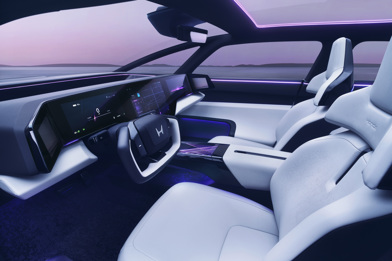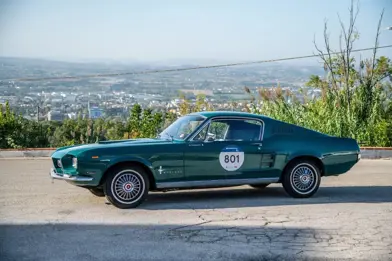Bentley has announced that it will cease production of its iconic W12 petrol engine in April 2024, by which time more than 100,000 examples of the 12-cylinder powerplant will have been built in the company’s factory in Crewe, England.
The company says the decision to axe the W12 comes as part of its move towards a sustainable future with its "Beyond100" strategy that will see its entire model line fully electrified by the start of the next decade. When production of the W12 ends next year, Bentley says its entire model line will be available with the option of a hybrid powertrain.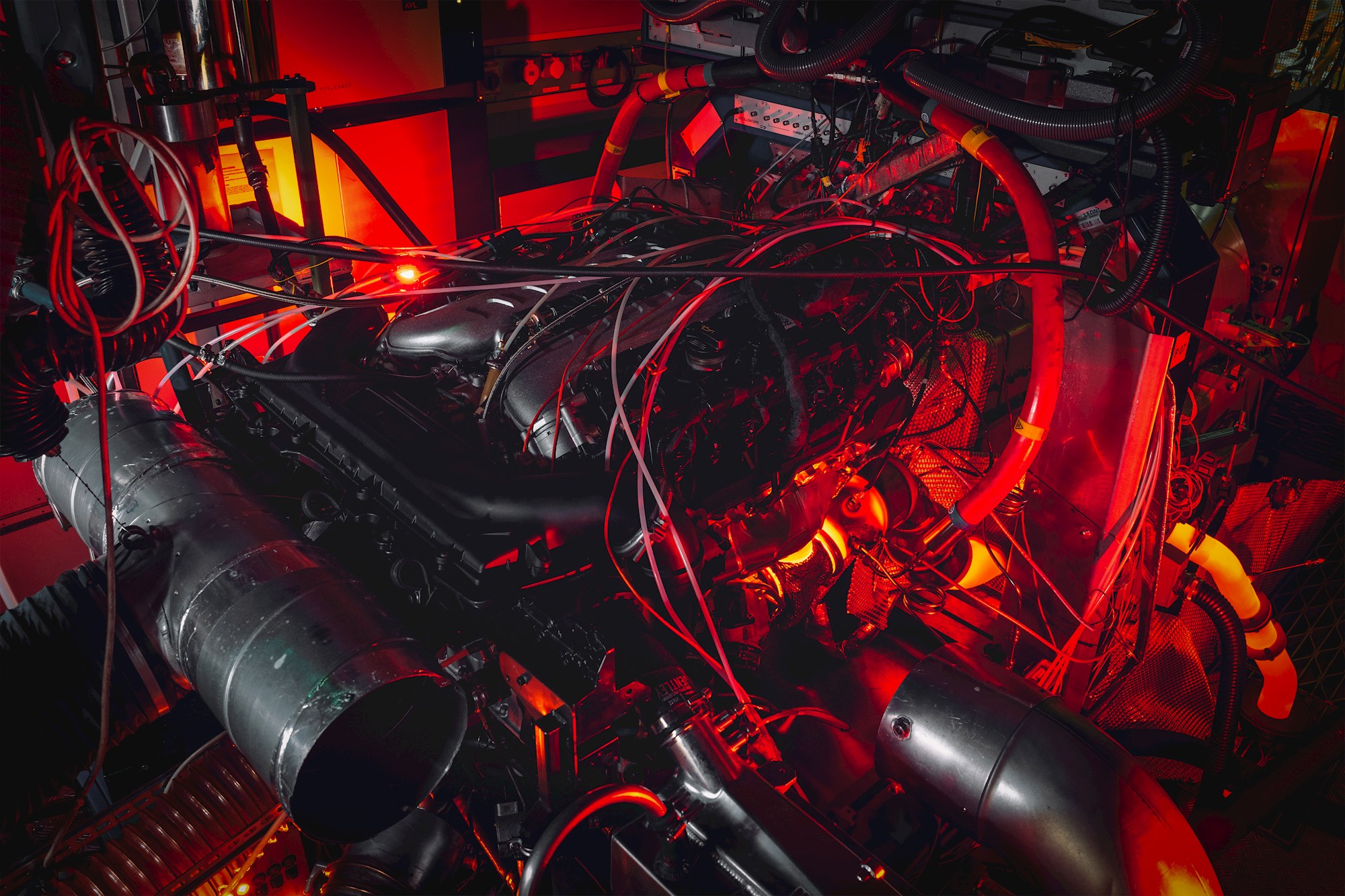
Bentley isn’t letting the W12 bow out without a dramatic send-off, however, and development on the most powerful version of the W12 ever created has recently concluded, with just 18 examples of the ultimate iteration of the mighty engine destined for the Bentley Batur, an extremely limited model that will be handcrafted by Mulliner.
Developing 552kW of power and 1000Nm of torque, Mulliner’s engineering team has reworked the intake, exhaust and cooling systems to liberate more power and torque for its use in the Batur.
The turbocharger compressors are a new design to improve efficiency, while the ducts that feed air to them are 33 per cent larger – at peak power, the new engine sucks in more than 1000kg of air per hour - and larger charge-air coolers remove 35 percent more heat from the pressurised intake air, reducing intake temperature to a greater extent meaning a denser charge for more power.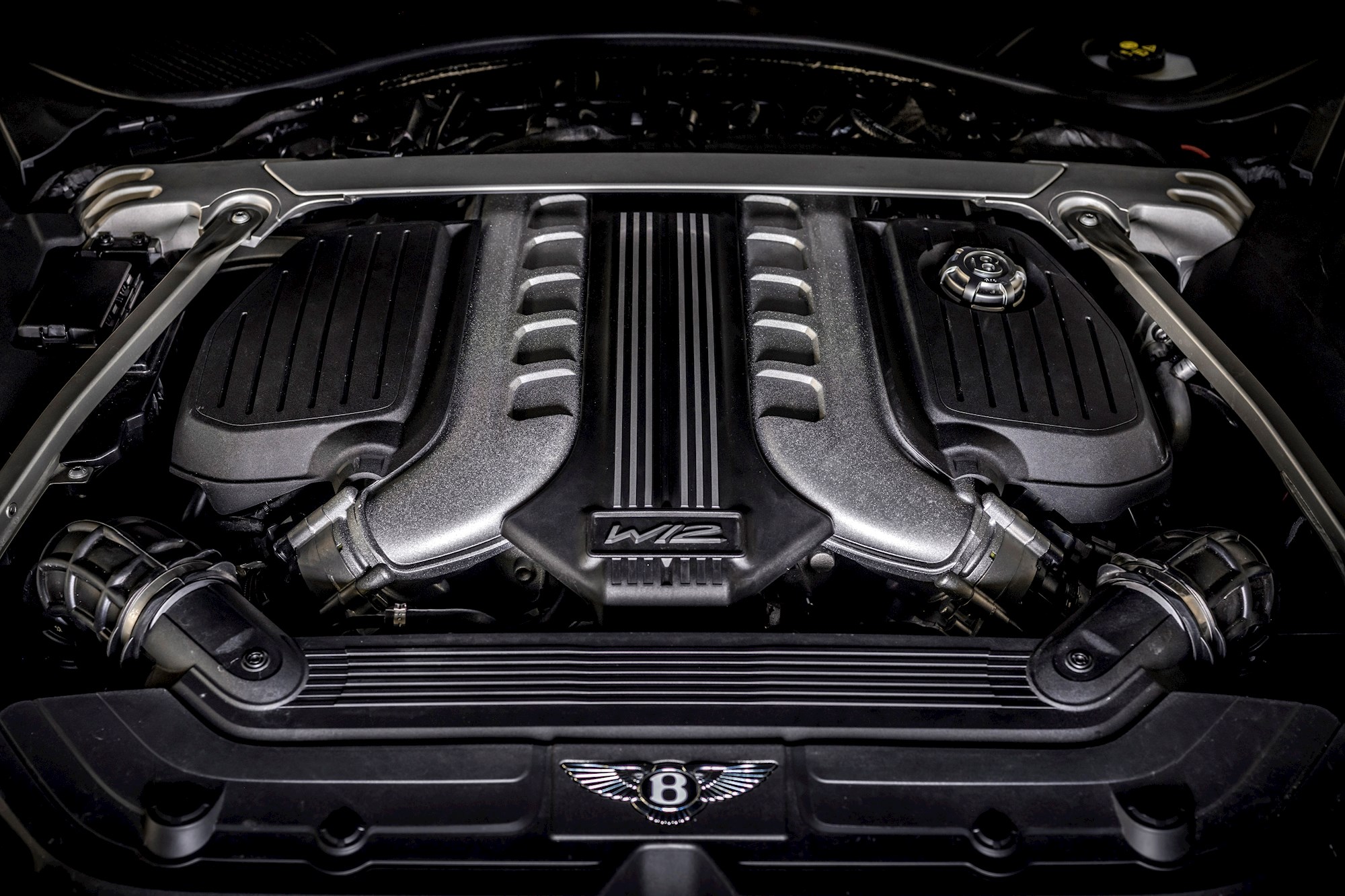
Originally developed by Volkswagen, Bentley's iteration of the W12 is the last version in production. The only mass-production W12 engine was released in 2001 and has been used in several models from Volkswagen, Audi and Bentley, with the latter only ever using the turbocharged version that was released in 2003.
Volkswagen created the engine by joining two narrow-angle 15 degree VR6 engines at an inclined angle of 72 degrees. The narrow angle of the cylinders meant that just two overhead camshafts could drive each pair of banks, and the W12 is very compact for a 12-cylinder engine being 24 percent shorter than an equivalent V12.
The first application of the engine was in the 2001 Volkswagen W12, a mid-engined concept car, while the first production car to use the W12 engine was the 2001 Audi A8. Other cars to use the W12 engine include the Bentley Continental GT, Flying Spur and Bentayga, as well as Volkswagen Phaeton W12 and Touareg W12. It was also used in the 2006 Spyker C12 La Turbie and 2008 Spyker C12 Zagato low-volume supercars.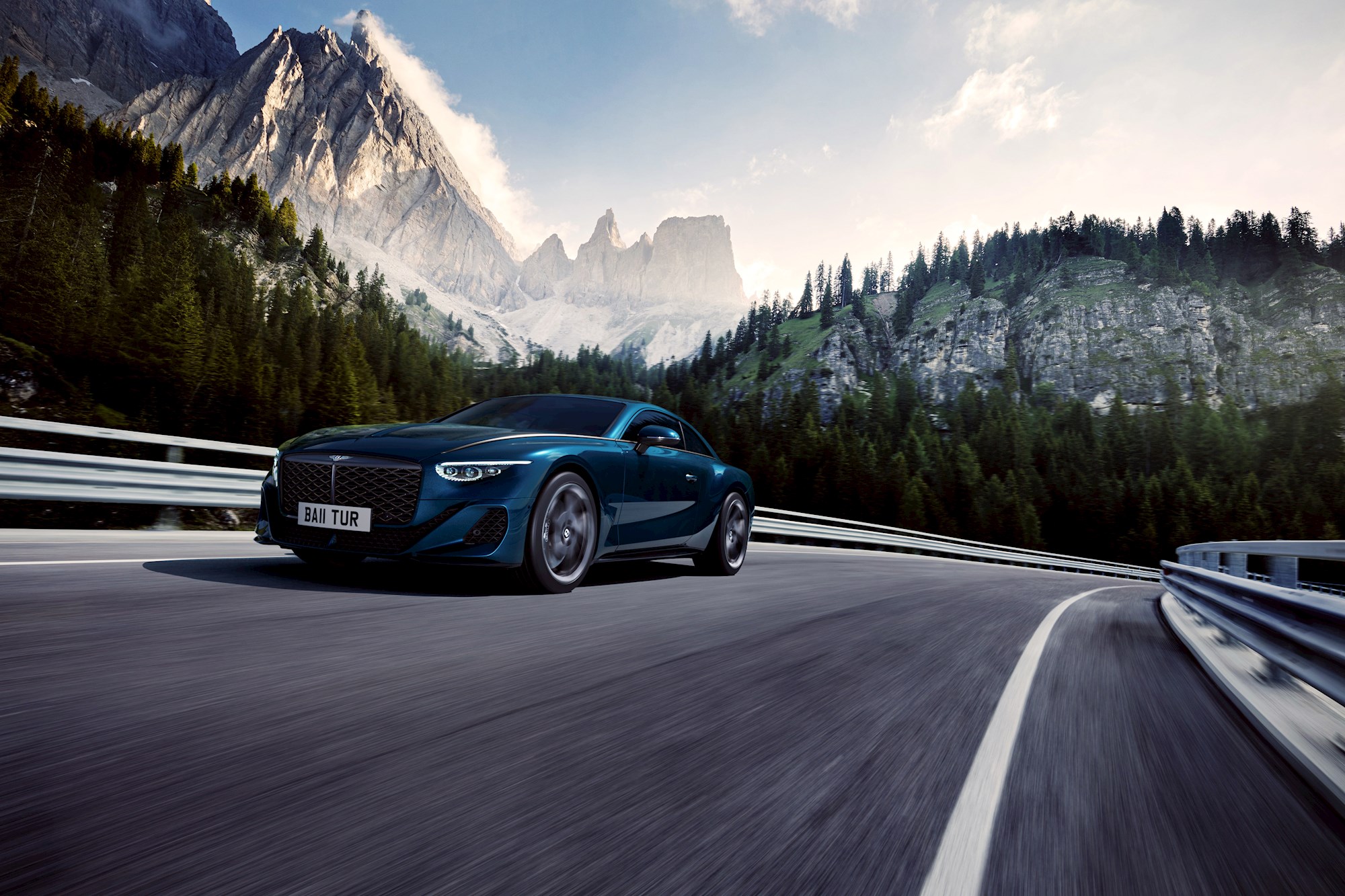
“Our progressive journey towards sustainable luxury mobility means making changes to every area of Bentley Motors," said Bentley’s Chairman and Chief Executive, Adrian Hallmark.
"When we first launched the W12 back in 2003, we knew we had a mighty engine that would propel both our cars and the brand forwards at speed. 20 years and more than 100,000 W12s later, the time has come to retire this now-iconic powertrain as we take strides towards electrification – but not without giving it the best send-off possible, with the most powerful version of the engine ever created.
“The 750 PS titan that Mulliner has created for the Batur marks the end of a development journey of which our engineering and manufacturing colleagues should be extremely proud, and when production finishes in April next year we aim to retrain and redeploy all of the skilled craftspeople who still build each engine by hand.”
While all 18 Baturs have already been sold, Bentley says a "limited number" of 485kW version of the W12 engine offered in the Speed versions of Continental GT, Bentayga and Flying Spur as well as the Continental GT Mulliner and Flying Spur Mulliner can still be ordered. Demand for these final W12-powered models is expected to be high.









